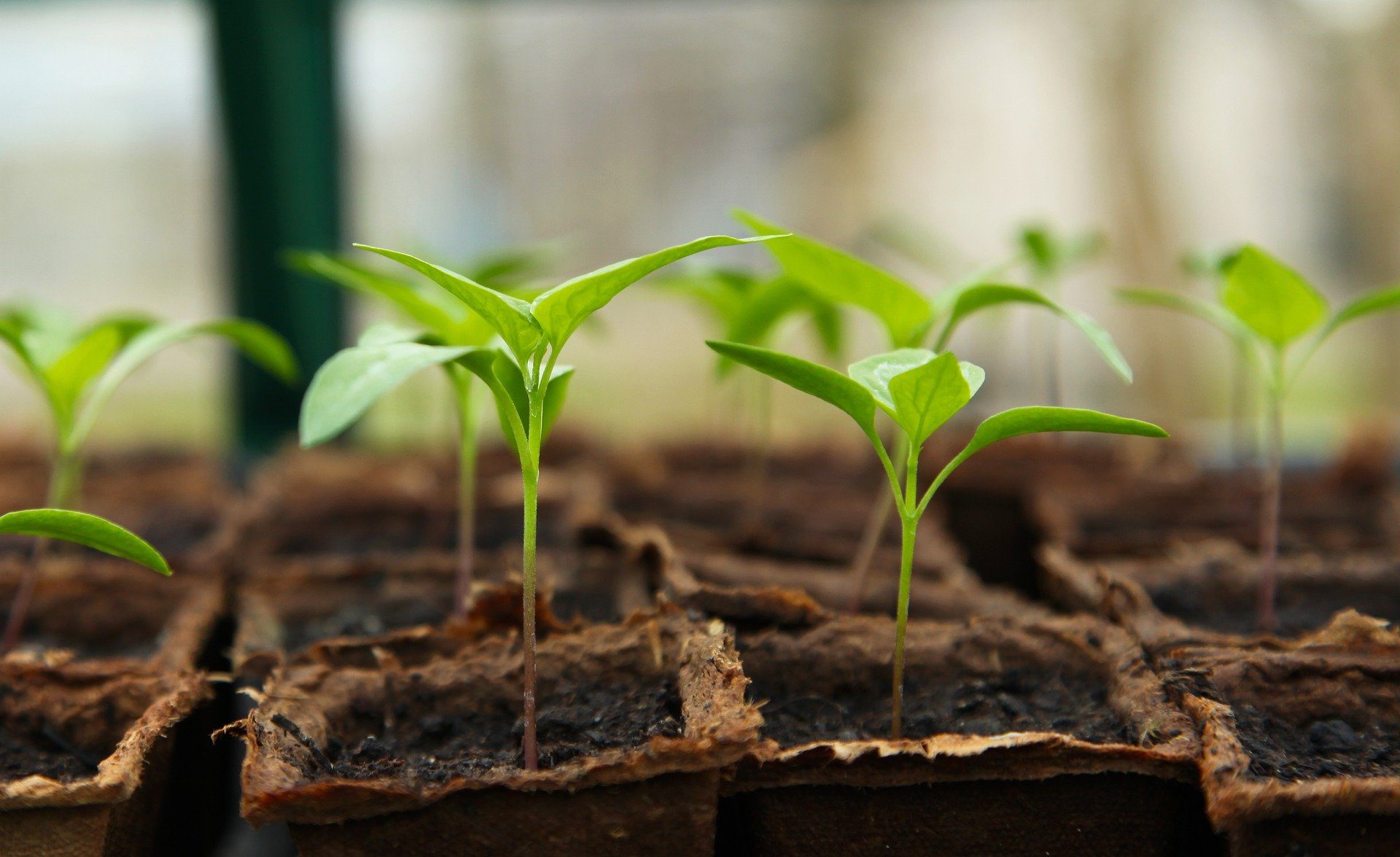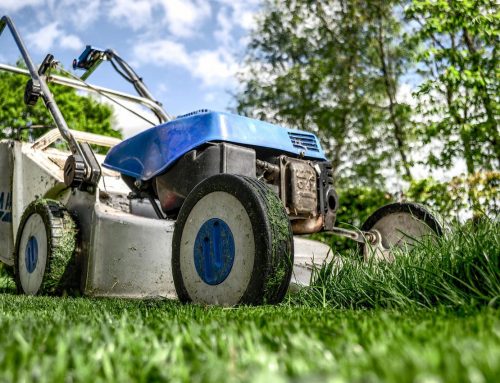April is one of the busiest months of the year. Spring has arrived and gardens are beginning to stir from their winter slumber. Daffodils are in full bloom, the forsythia is lending a lovely yellow backdrop and trees and shrubs are bursting into leaf. Deadhead daffodils and tulips as they die back. This gives the bulbs a better chance of storing extra energy for next year.
There is a lot of work for the keen gardener this month. Annual flower seeds need to be sown – hardy flowers can be sown directly where they are to flower. Half-hardy annuals will still benefit from being sown indoors or in the greenhouse.
Vegetable seeds can also be sown directly outdoors. Peas, spring onions, parsnips, carrots, spinach and other leafy greens and beetroot can all be sown in the vegetable bed now. If you were able to warm up the soil by using cloches or a mini-polytunnel, then the seeds will have a head start. If you didn’t, it’s not too late to cover your newly sown seeds now.
Sweetcorn is a popular crop and very easy to grow. Sow in individual pots in the greenhouse and then plant the seedlings out next month. Sweetcorn should be planted in a block to allow easy pollination.
It is also time to plant out your potatoes. They should have had a few weeks of chitting and be displaying strong shoots. When planting in a bed open a row about 15cm (6 – 7 inches) deep and add either a good general-purpose fertiliser or some homemade compost along the bottom. Then plant the tubers about 30cm (1 foot) apart and cover them to form a ridge. Once the shoots break through the soil, earth them up which means covering them again. This will encourage a bigger crop. The rows need to be about 60cm (2 feet) apart. Potatoes can also be planted in containers or bags.
It is also time to begin planting out some of the seedlings you have raised from early sowings. Cabbage plants will be ready to go into their final positions. Sweet peas will also be ready to plant out. Create a wigwam of canes or branchy pieces of hazel. The sweet peas will happily climb these and give you a marvellous display in the summer. It is not too late to sow some extra sweet peas for a later show.
Dahlia tubers can be planted in boxes of compost until they shoot. They can then be planted out in their final positions. Some of the shoots can be taken as cuttings to increase your stock. If you were able to plant the tubers last month you may find shoots already forming.
Plant gladioli corms now for a stunning summer display. For the best effect plant them close together. Gladioli will need staking and it is a good idea to put the stakes in when you plant the corms. This will avoid damaging the corms if you stake later. You can also plant agapanthus and cannas now.
In your greenhouse it is time to sow cucumber seeds. They can be sown in a greenhouse now but need some heat, so use a propagator. Sow one seed per pot and insert it into the compost on its side. Water with warm (not hot!) water.
On sunny or warm days, remember to ventilate your greenhouse. Changes in temperature between night and day can cause distress to some plants. Close the ventilation in the afternoon to keep the warmth of the day.
Herbs can be sown in April and then in succession through the summer. Basil, dill and coriander are ideal herbs to grow in this way. One trick to stop herbs developing flowers too soon is to make sure they are watered frequently.
Overwintered fuschias will need attention now. They should be shooting at this time and will need some pruning. One aim of pruning is to tidy and shape each plant. The other is to encourage an impressive display of blooms in the summer. Fuschias can be pruned hard so do not be afraid to do so. They will also need feeding and their pots topped up with fresh compost. Water them well and they will be happy plants.
If you grow comfrey keep an eye on the dormant plants. They will be shooting now and should be kept clear of debris. Once they have produced some good shoots lightly fork the surface of the soil around them and feed them. Comfrey leaves make a superb liquid fertiliser.
If you are keen to attract butterflies and bees into your garden in the summer, sow some borage now. Borage grows quickly and produces lovely blue flowers that draw insects.
Watch out for slugs and snails emerging from hibernation. Consider using nematodes for slug control this summer. Specialist suppliers will send out a supply that you mix with water and then pour on the areas of greatest risk.
Keep an watch for weed seedlings. Remove them now and save yourself a bigger job later on.





Leave A Comment